7-Segment Controller Kit - Slave
Replacement: None. We are no longer carrying this controller kit in our catalog. This page is for reference only.
This is a 7-segment display slave controller, designed to be used with the master controller kit. A combination of the two kits can control up to 10 digits via a variety of input signals. These kits are very useful for controlling larger 7-segment displays, such as our 6.5" display.
- 1x KTA-256v1 PCB
- 1x TLC5916 LED Driver
- 1x 0.1uF Monolithic Capacitor 2.5mm
- 1x 910R Resistor
- 2x 90° 2x3 Header Pins
- 1x 90° 18-way Header Pins
- 2x 6mm M3 Screw
- 2x 5mm M3 Nylon Spacer
- 1x 6-way or 10-way IDC Connector Cable 15cm
7-Segment Controller Kit - Slave Product Help and Resources
Core Skill: Soldering
This skill defines how difficult the soldering is on a particular product. It might be a couple simple solder joints, or require special reflow tools.
Skill Level: Rookie - The number of pins increases, and you will have to determine polarity of components and some of the components might be a bit trickier or close together. You might need solder wick or flux.
See all skill levels
Core Skill: DIY
Whether it's for assembling a kit, hacking an enclosure, or creating your own parts; the DIY skill is all about knowing how to use tools and the techniques associated with them.
Skill Level: Noob - Basic assembly is required. You may need to provide your own basic tools like a screwdriver, hammer or scissors. Power tools or custom parts are not required. Instructions will be included and easy to follow. Sewing may be required, but only with included patterns.
See all skill levels
Core Skill: Programming
If a board needs code or communicates somehow, you're going to need to know how to program or interface with it. The programming skill is all about communication and code.
Skill Level: Rookie - You will need a better fundamental understand of what code is, and how it works. You will be using beginner-level software and development tools like Arduino. You will be dealing directly with code, but numerous examples and libraries are available. Sensors or shields will communicate with serial or TTL.
See all skill levels
Core Skill: Electrical Prototyping
If it requires power, you need to know how much, what all the pins do, and how to hook it up. You may need to reference datasheets, schematics, and know the ins and outs of electronics.
Skill Level: Competent - You will be required to reference a datasheet or schematic to know how to use a component. Your knowledge of a datasheet will only require basic features like power requirements, pinouts, or communications type. Also, you may need a power supply that?s greater than 12V or more than 1A worth of current.
See all skill levels
Comments
Looking for answers to technical questions?
We welcome your comments and suggestions below. However, if you are looking for solutions to technical questions please see our Technical Assistance page.
Customer Reviews
No reviews yet.

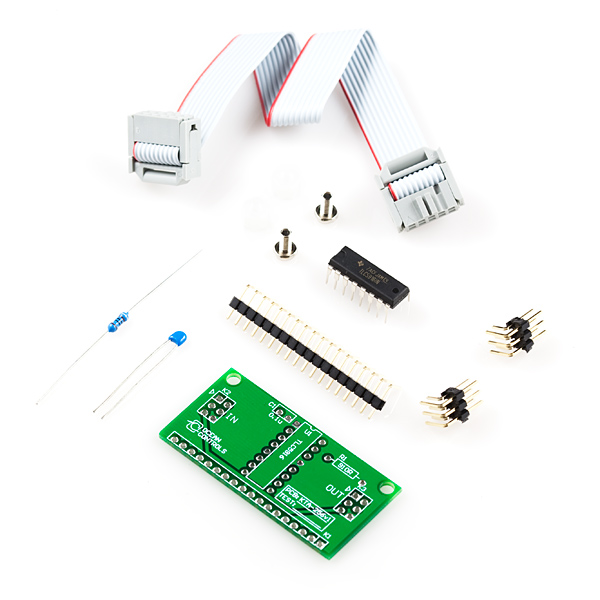
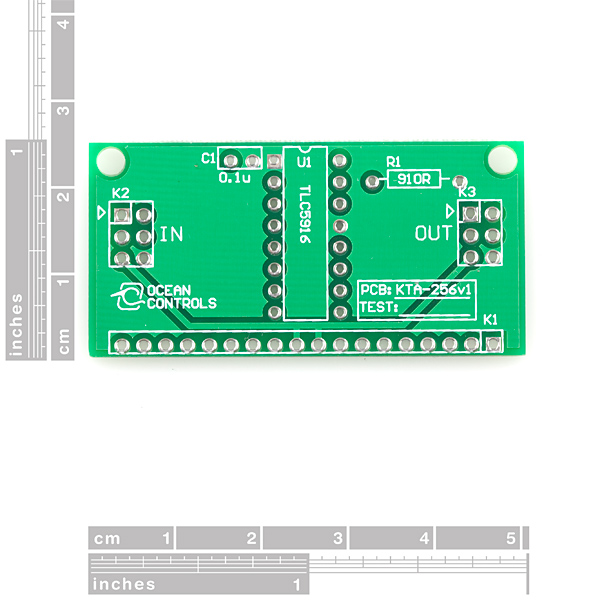
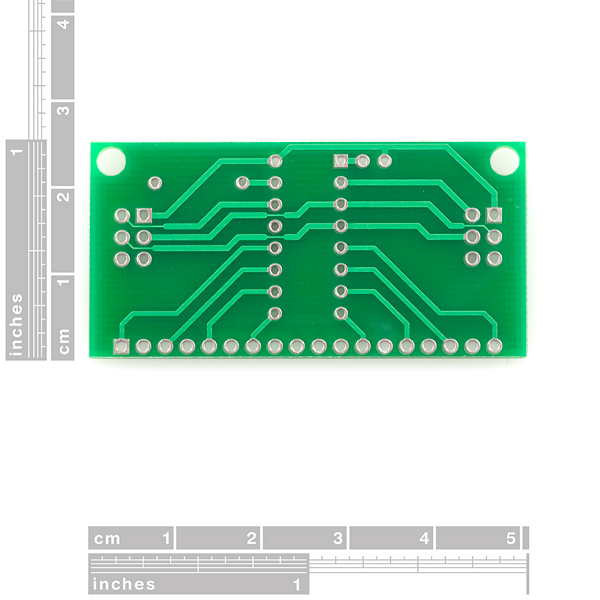
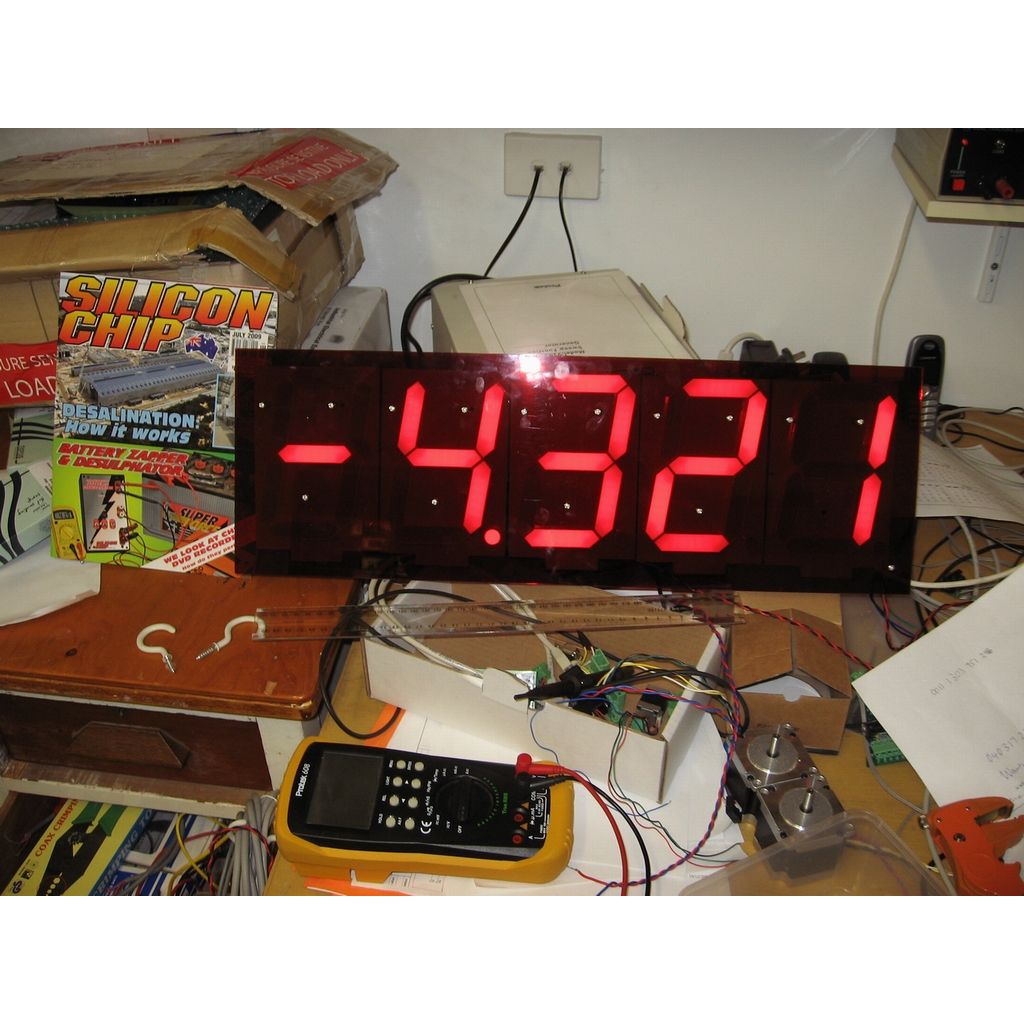
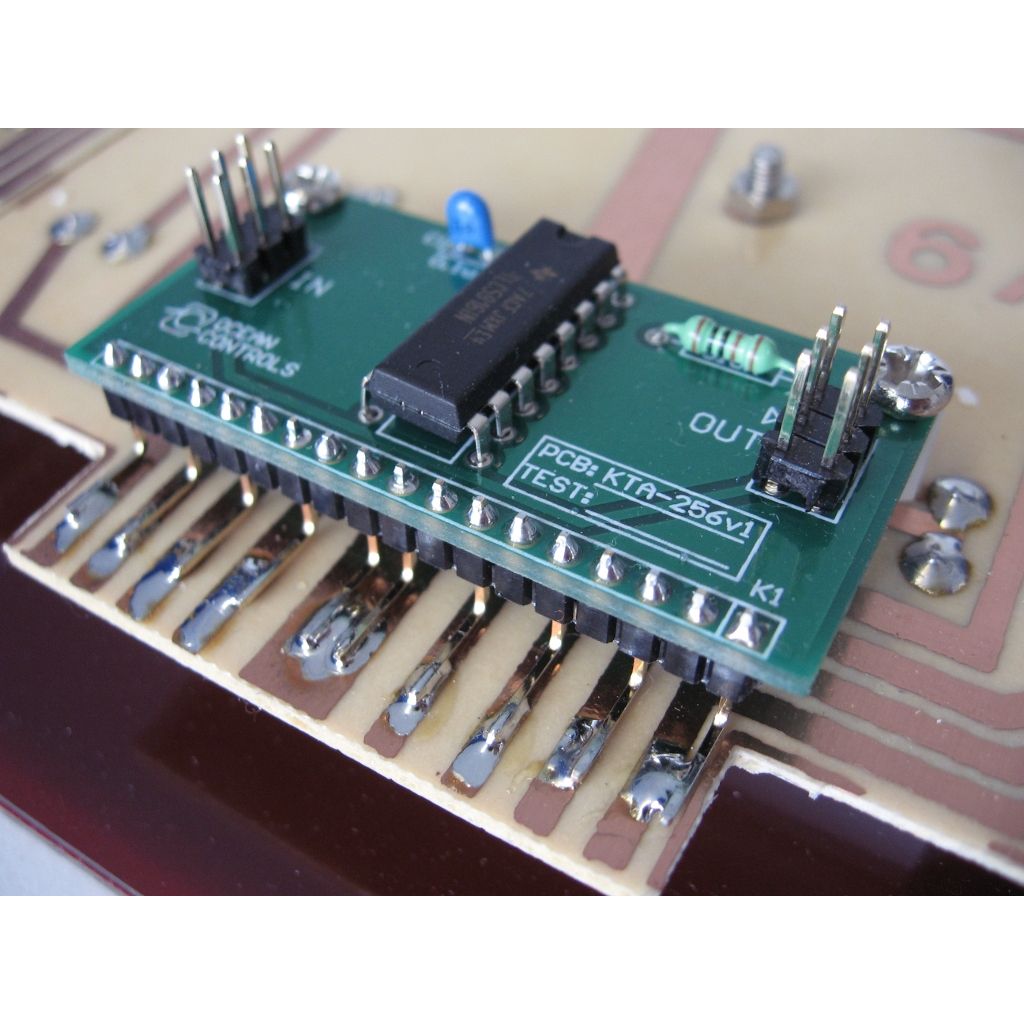
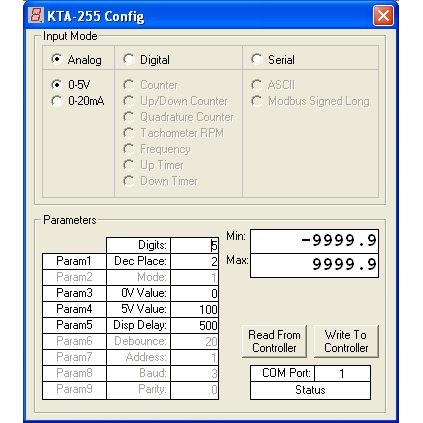
$27.95? Really?
Huh. Checking the IC price doesn't even justify it. Perhaps they made an error?